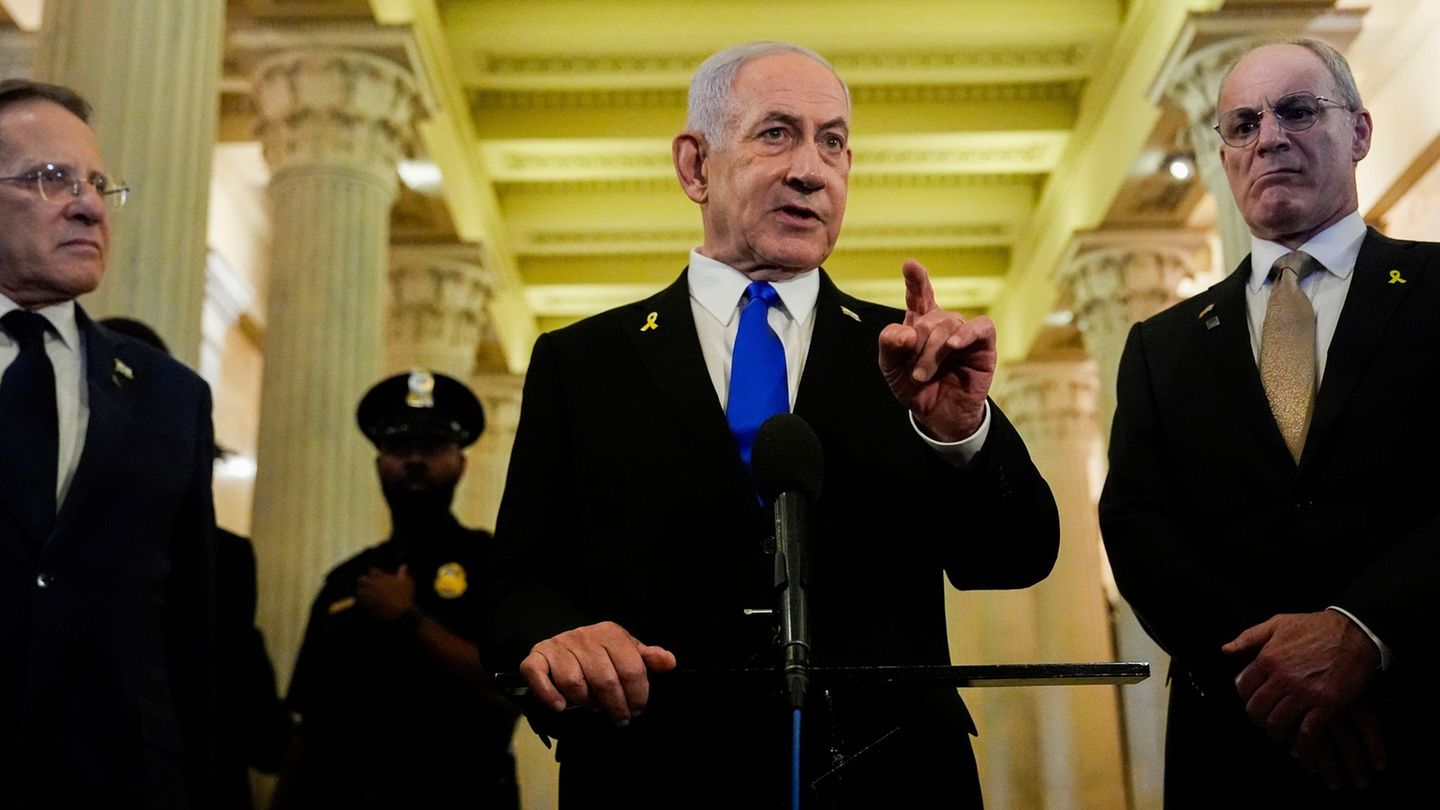An unexpected maneuver in the Wholesale Market He shook the exchange routine on Tuesday. A private bank placed a purchase order (IDB) for US $ 500 million at $ 999.50 per dollar, a value strikingly below the current exchange ratewhich at that time operated at $ 1,084. The magnitude and positioning of the order immediately generated suspicions about a possible appearance of the Central Bank. But with the passing of the hours, market operators confirmed that it was not an official action.
The movement, although technically private, again exposed a dynamic that gains prominence in the market: The convergence between the signals issued by the Government and the speculative strategies of some players They seek to capitalize on the current exchange rate regime.
In fact, it is not the first time that happens: a similar order for US $ 1,000 million to $ 1,000 had already lit the alarms. In both cases, the common denominator is the same: Aggressive IDBS near the informal floor of the flotation band, at levels that induce a decrease in the exchange rate.
What caught attention
The striking thing is not only the volume offered – an otusual for a private operator – but its location on the board: just around the estimated floor of the flotation band, which fits monthly at a rate of 1% and today is around $ 997. This price choice suggests more than a simple purchase intention. In the market they interpret these movements as speculative plays that seek to influence the in -line contribution with the incentives offered by economic policy today.
The economic team, headed by the minister Luis Caputoit has been reinforcing its commitment to the appreciation of the weight as a nominal anchor. To do this, a series of tools have been deployed: incentives for the entry of abroad funds, you raise in the fees in pesos to encourage the “Carry Trade”, higher restrictions to access the official market by some actors and fiscal signs such as possible increases in retentions in the second semester. Together, all these measures are aimed at strengthening the offer of dollars in the financial market and reducing pressures on the exchange rate.
Bid.jpeg
The result of this strategy is already beginning to be reflected in the price dynamics. This Tuesday, the last operated price was $ 1,090, with a total volume of US $ 344 million, while the MEP dollar quoted around $ 1,120. The gap, although it still exists, shows a decreasing trend. The official celebration of this appreciation is not accidental: for the government, seeing the dollar closer to the band’s floor is a validation of its economic program.
What worries some operators is that, like identities behind the orders observed on the screen are not revealedthere are private actors who can “disguise” official entities with maneuvers such as those mentioned to take a slice. This ambiguity, in a context of strong reconfiguration of the exchange regime, opens space to possible distortions.
Within that framework, orders such as Tuesday not only feed expectations for continuity in the appreciation of weight, but also suggest that some private players could be taking advantage of the environment to capture rapid profits, without the need for official intervention. The logic behind is simple: who bet on rate in pesos maximize their benefits if the exchange rate low, even for short times. And the single appearance of A large and aggressive order can induce that momentary low.
The Government, on the other hand, keeps its message firm: there will be no currency purchases while the dollar remains inside the band. But, in fact, the conditions that the economic program itself seem seem to be used by actors that operate “in favor of weight”, a rarity in Argentine financial history. Everything indicates that these plays could be repeated. But the question is whether the scenario could consolidate a stage of valorization of the most accelerated local currency than expected or if the exchange pressures will be reactivated sooner or later.
Source: Ambito
I am a 24-year-old writer and journalist who has been working in the news industry for the past two years. I write primarily about market news, so if you’re looking for insights into what’s going on in the stock market or economic indicators, you’ve come to the right place. I also dabble in writing articles on lifestyle trends and pop culture news.




